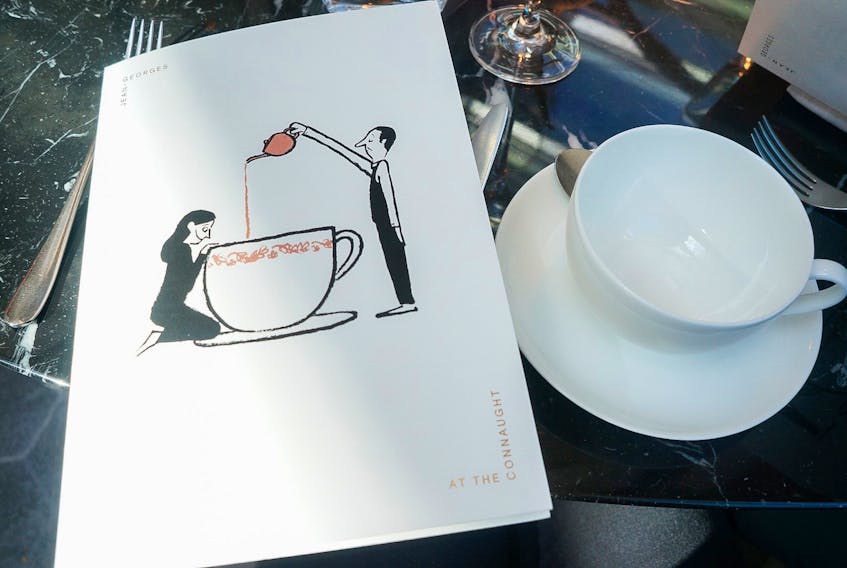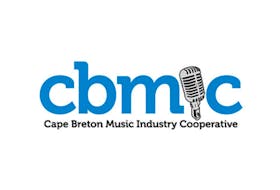The first time I saw it was in a restaurant bathroom. Years ago, during one of my first fine dining experiences in Toronto, I discovered the walls of the bathroom were covered in menus from Michelin-starred restaurants around the world. As I washed my hands, I skimmed the menu from November 2014 at Alinea (the Chicago purveyor of molecular gastronomy) and realized how important the menu is.
For those who love to dine out, obsessed with landing those hard-to-get restaurant reservations and travelling the world to eat, taking home the menu is like a concert ticket stub to the infatuated music fan. A memento, a trophy — that perfect bite frozen in time.
When I dined at Alo in Toronto, noted as Canada’s best restaurant on all the “best of” lists, the menu from our 10-course tasting appeared in a small black envelope closed with a wax seal at the end of the meal, while in Mexico City the menu at Pujol featured a piece of local art on the backside. The menu from an amazing lunch I had at the famous River Cafe in London is framed on the wall of my kitchen, wine marks and all. Those carte de jour keepsakes are a part of the restaurant experience.
Paper menus as we know them today began in France in the late 18th century, after the French Revolution. Before then it was up to the chef or the restaurant owner to decide what came to the table. But as restaurants grew in popularity and it became more acceptable to dine outside the home, the menu began to evolve into a piece of art. From the ornate, full-colour books specially printed for high-end restaurants to the typed-out diner bill of fare, the paper menu shifted the way we ate and also represented changes in what the world has eaten for the past two hundred years.
COVID-19 has changed the whole experience of dining out
Just take a look at all the menu archives: The New York Public Library has an archive of almost 20,000 menus for the food-obsessed to drool over, and at the University of Toronto the Harley J. Spiller collection has more than 10,000 Chinese restaurant menus, matchbooks and other such memorabilia. Every single menu tells a story of the food, the decor and the atmosphere of a restaurant. On one single piece of paper.
As the number of active COVID-19 cases dwindles in Atlantic Canada, restaurants are slowly reopening but with major changes. COVID-19 has changed the whole experience of dining out. Now, it’s reservations only (walk-ins are a thing of the past), servers don masks, hand sanitizer bottles cluttering the hostess stand and there’s a limited menu, or lack thereof completely.
Some restaurants have opted to eliminate the paper menu altogether. Now a QR code sticker at the corner of each socially-distanced table allows patrons to peruse the menu on their smartphones. Chalkboard menus have also made a comeback (a trend which, as a menu hoarder, I had been happy to see fade away), while others are posting a menu board at the front of the restaurant for diners to snap with their smartphones. Patrons may also notice the diner-style option of printing the menu on each paper placemat, which is disposed of at the end of the meal.
Other restaurants chose to laminate their menus, sterilizing them heavily between each use and shutting the door completely on one’s ability to whisk the menu home in their purse at the end of a particularly memorable meal.
The menu is more than a list of what we ate. It archives a celebration dinner, a moment in time. Now with COVID-19 changing the way we eat, the menu (or lack thereof) will be frozen in time as well. Is this the end of the paper menu as we know it?
Gabby Peyton is a freelance food writer based in St. John’s. You can reach her by email at [email protected] or via Twitter and Instagram @gabbypeytoneats.









